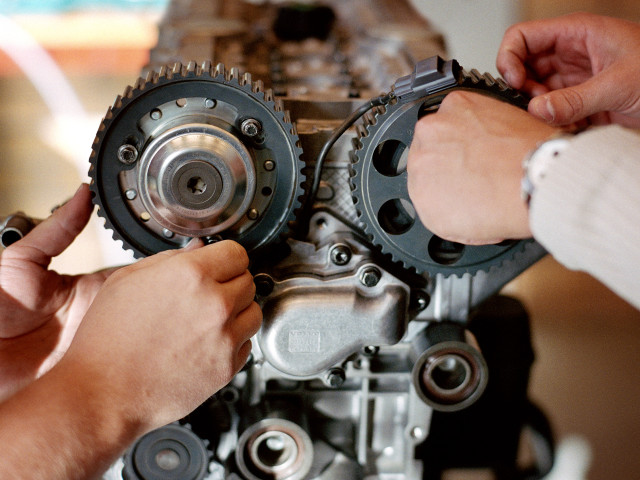Part 1: Rigid body kinematics parameterizations in three dimensions: Direction cosine matrix, Euler angles, principal rotation vector, Euler parameters (quaternions), classical and modified Rodrigues parameters.
Part 2: Rigid body dynamics: angular momentum, kinetic energy and moment of inertia in three dimensions, Euler’s rotational equations of motion, torque-free rigid body rotation, dual-spin spacecraft, momentum exchange devices and gravity gradient stabilization.
Part 3: Nonlinear spacecraft stability and control: stability definitions, Lyapunov stability, Lyapunov functions, nonlinear feedback control laws, Lyapunov optimal control laws and linear closed-loop dynamics.
After completing course the student should be able to:
- Demonstrate broad knowledge and understanding for the scientific basis and proven experience in attitude control of spacecraft, as well as insight into current research and development work.
- Demonstrate basic methodology and understanding of attitude control of spacecraft, including three-dimensional rotational kinematics, rigid body dynamics and non-linear regulation.
- Demonstrate the ability to critically and systematically integrate knowledge from previous courses to analyse, assess and deal with complex phenomena, problems and situations within attitude control of spacecraft, even with limited information.
- Demonstrate the ability to model, simulate, predict and evaluate the rotational motion and stability of spacecraft as well as their passive and active attitude control, even with limited information.
- Demonstrate ability to clearly present and discuss engineering conclusions and the knowledge and arguments behind them, in dialogue with different groups, orally and in writing, in international contexts.
For the higher grades, the student should also be able to
6. Demonstrate in-depth methodology and understanding of attitude control of spacecraft, including three-dimensional kinematics, rigid body dynamics and non-linear regulation.
